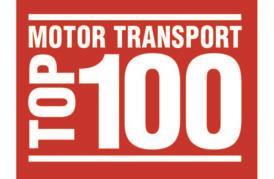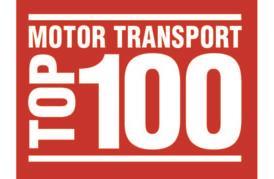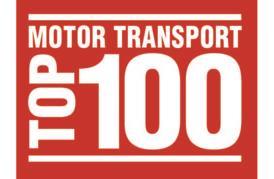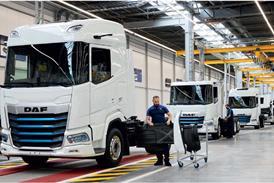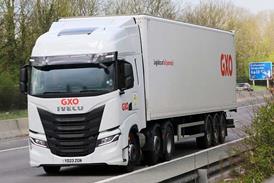
Compliance levels in Northern Ireland have continued to improve, the latest figures from the Driver & Vehicle Agency (DVA) show.
According to the DVA’s latest compliance survey, 640 goods vehicles over 3.5 tonne GVW were examined in random roadside checks in Northern Ireland in 2013-2014 with just 20% (128) being issued with a prosecution, prohibition or fixed penalty notice as a result of a roadworthiness defect or traffic offence.
This rate of non-compliance compares favourably with previous years, in particular with the peak of 50.8% in 2007 and the 31.2% non-compliance rate in 2011. It also shows a small improvement over the 22.7% rate recorded in 2012-2013.
Of the 128 vehicles found to be non-compliant in the last year, 11.6% received a prohibition, prosecution or fixed penalty notice for roadworthiness defects; 7% for traffic offences; and 1.4% for both roadworthiness and traffic offences.
The most common roadworthiness defects warranting a prohibition or defect notice related to lights and signals (27.1% of defects), brakes (24.8%); and other mechanical defects (12.4%). The most common traffic offences related to running overweight (37.7% of traffic offences); operator’s licences (27.5%) and drivers’ hours (21.7%).
A DVA spokesperson said: “Results from earlier surveys indicate there has been a decreasing trend in noncompliance within the goods vehicle sector with a statistically significant decrease in the overall rate of over 8 percentage points from 31.2% in 2011/12 to 22.7% in 2012/13.
"This is encouraging and goes some way to validate the good work carried out by the department and the transport industry in relation to goods vehicle operator licensing, however levels of compliance are still lower than what is acceptable across all transport sectors and this has potential implications for road safety and for the environment”
“The department will continue to work with the industry to improve the level of compliance through an ongoing programme of education and support whilst ensuring that the most non-compliant operators and drivers are targeted through the use of an effective risk rating system."






